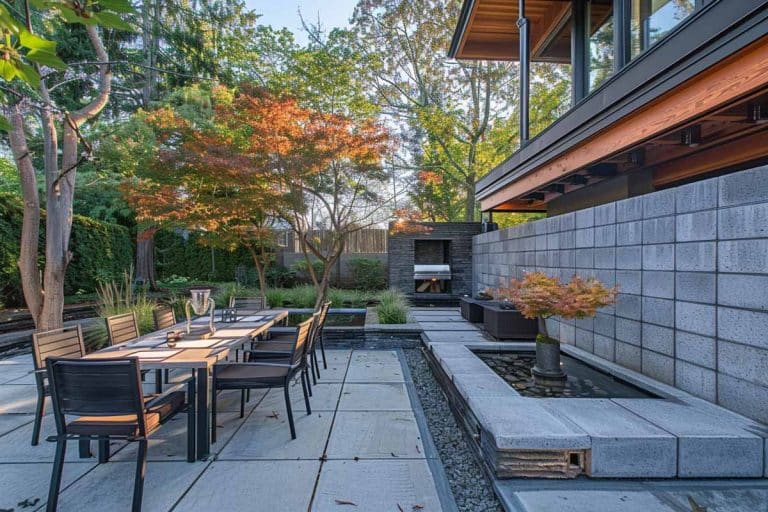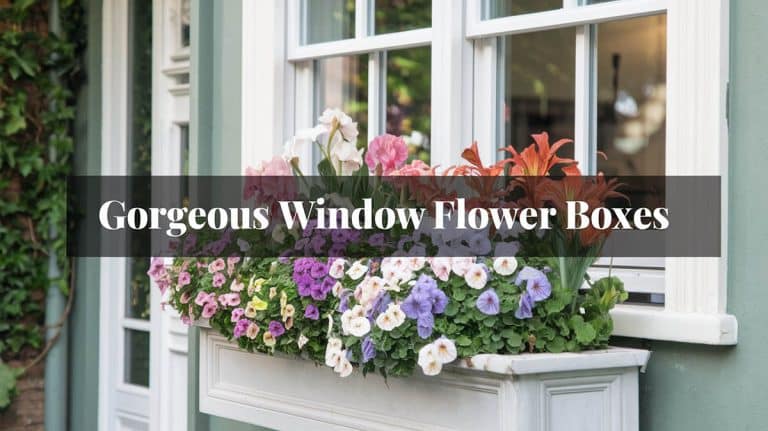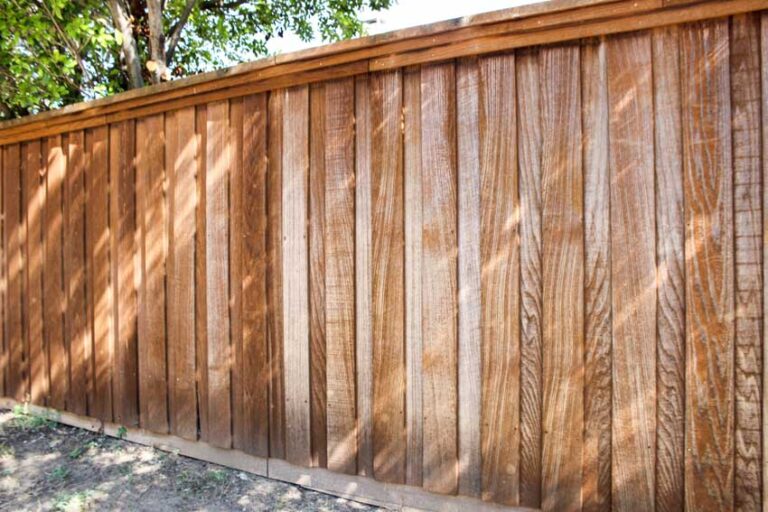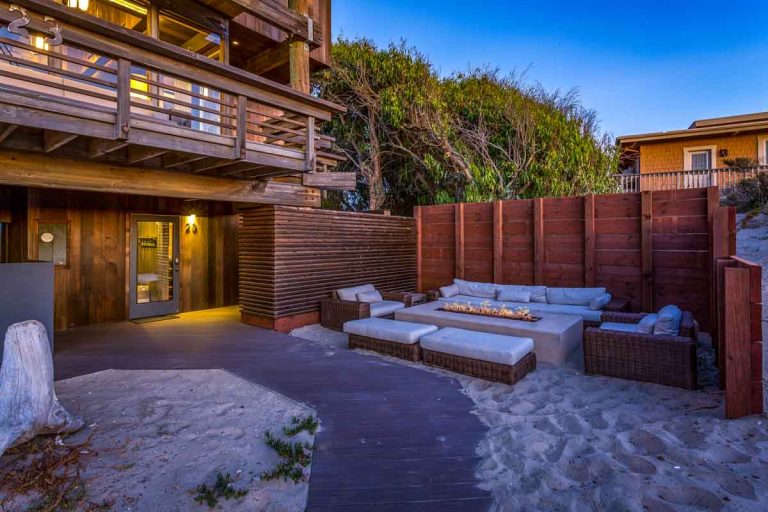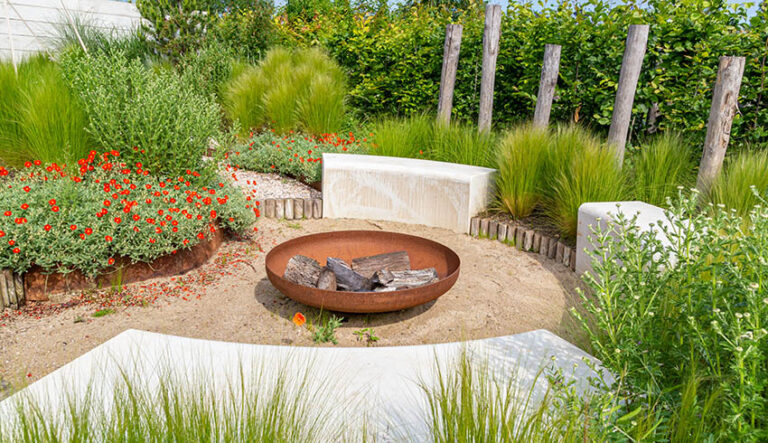13 Types Of Stone Walls & Materials For Any Design
Using natural materials like stone walls is a great way to add a beautiful touch to your home. However, there are many types of stone walls out there. If you’re considering adding a stone landscape, you can choose between a variety of styles and materials to find the decor style that you’ll love.
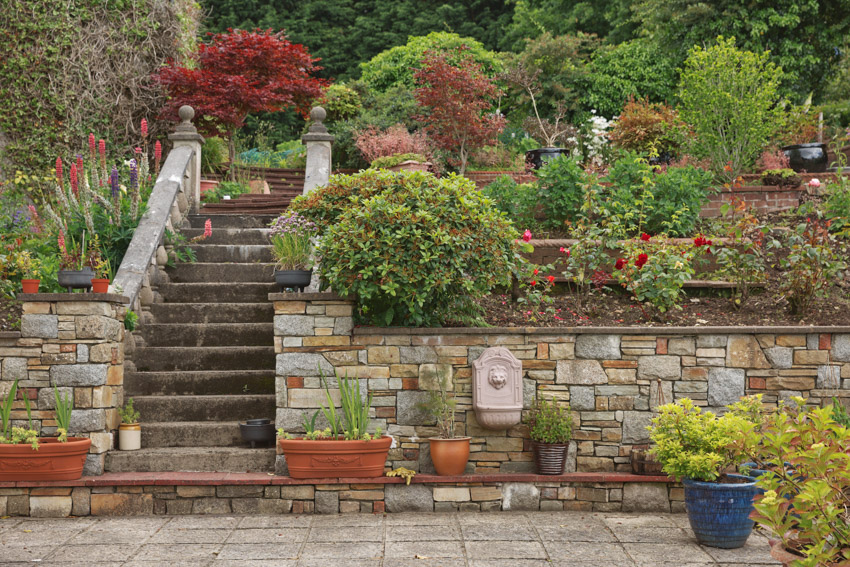
In this guide, we’ll look at everything you need to know about the different stone products to make your decision.
Dry-Stack Stone Walls
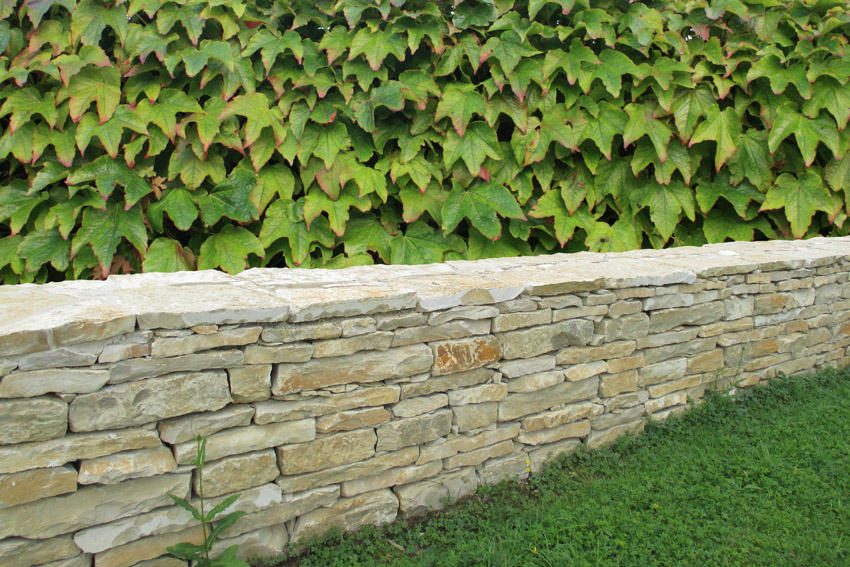
You might hear dry-stacked stone walls referred to as “dry-laid” walls as well. These terms refer to a technique in which the stones for the wall are laid and set without the use of mortar to keep them together.
Instead, the stones are positioned so that they interlock on an upward incline, with the wall tilting back slightly to help hold the formation.
This is among the types that lean more heavily on stone placement than mortar application; it takes some experience. You’ll want to hire a skilled professional if you want a dry-laid stone wall.
Mortared Walls
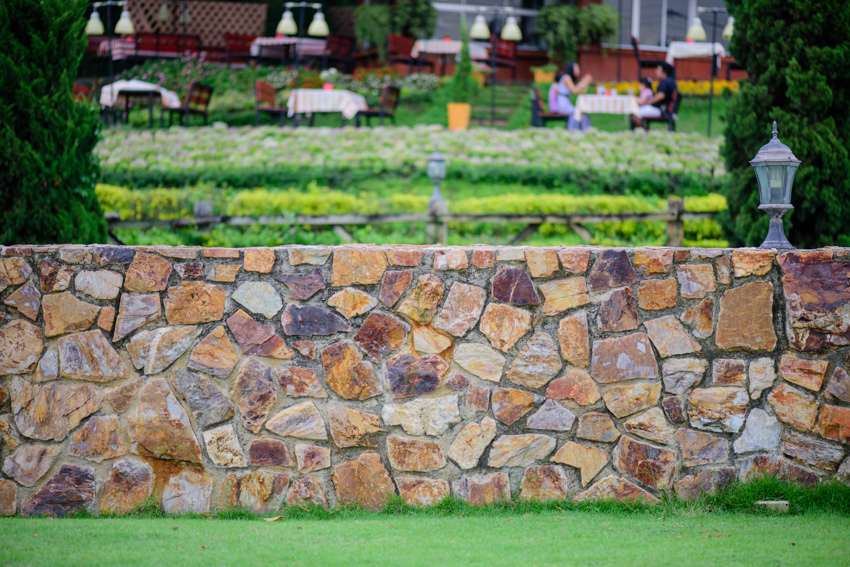
If you want the exact opposite of a dry-laid design, you can look at a mortared wall. As the name suggests, these stone walls use mortar to hold them together, starting with a concrete base.
This often makes them heavier than dry-laid walls, and you may need to check and see if your locale has any regulations or building codes about mortared walls before getting started.
The good news is that with a mortar wall, the installation is easier. You don’t necessarily need a highly skilled laborer to make sure that a mortar wall is functional and stable, at the very least.
Dumped Walls
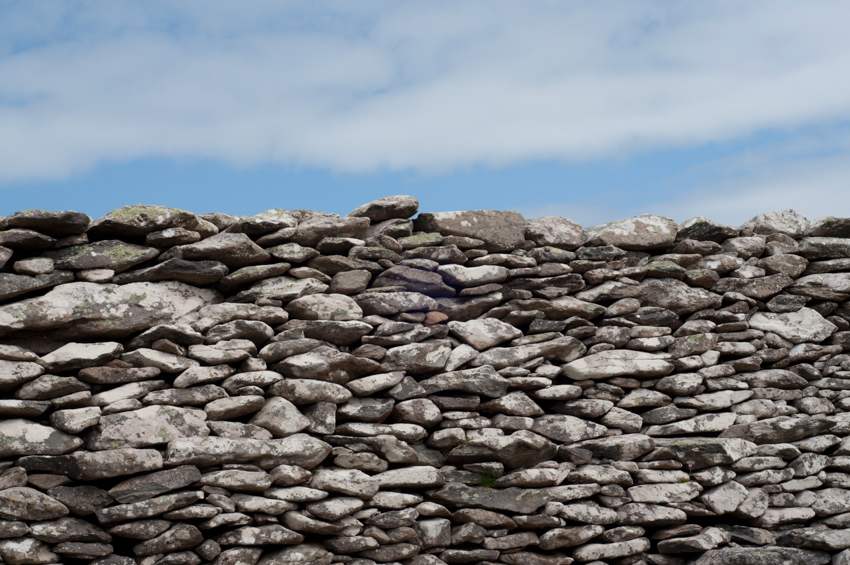
Dumped walls are simple in concept, as you might have guessed from their name. Rather than carefully arranging the stones the way you might expect someone to arrange a wall made of bricks, dumped walls are made up of piled stones. They often look like stones that are “dumped” into piles.
With this method, though, you might wonder how you define a wall versus simply a pile of stones. By most measurements, the width of the structure has to be, at maximum, a fourth of its length. If the pile is any shorter in proportion, it isn’t considered a wall by most standards.
Tossed Walls
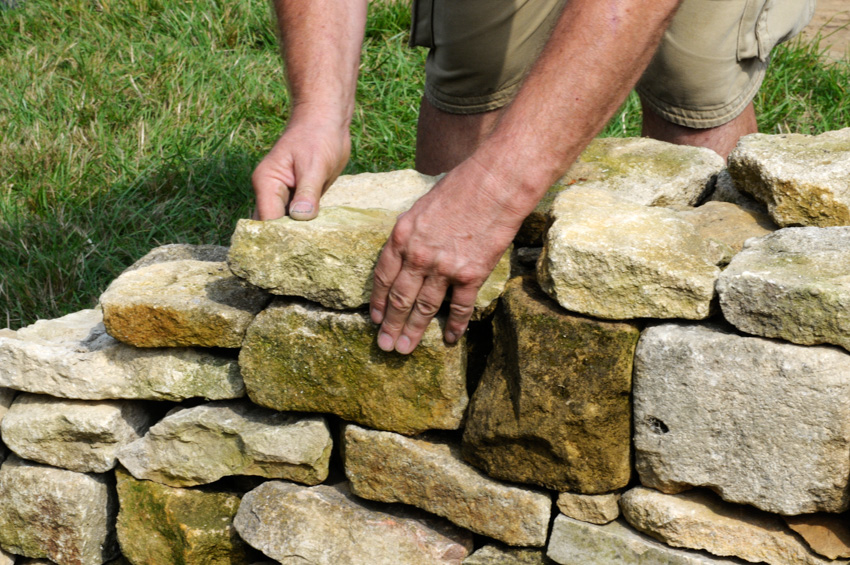
Tossed walls are similar to dumped walls, but they have a few key differences in their construction. While they may look similar, tossed walls aren’t just piled stones at a nearly random rate.
Instead, tossed designs are made by loosely but purposefully stacking stones in such a way that they stand strong and add some aesthetic appeal to the design as well.
This is a long-practiced method of creating stone walls as well. It’s been traced back to when farmers started to settle down and value the appearance of their land and the basic survival skills it helped them meet.
Mosaic Walls
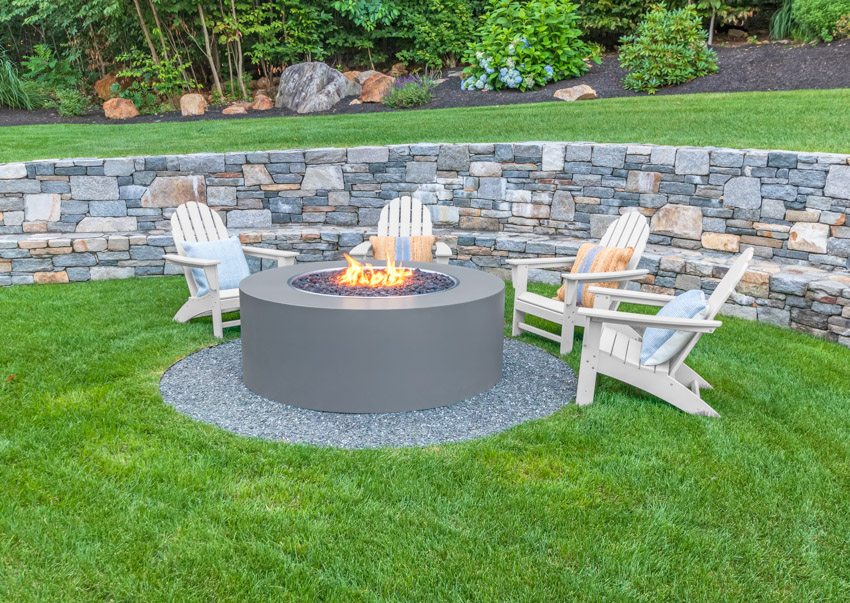
If you want something that will add an artistic touch to your space, you might want to consider a mosaic stone wall. Just like any other mosaic decor piece, these walls are made up of different-sized and colored stones to create a larger picture or pattern or even just to break up the monotony of using a single tone in the wall.
There’s a lot of artistic freedom in choosing how a mosaic wall will look. After all, the combinations that homeowners and the contractors helping them can come up with are, quite literally, endless.
This is also among the types of stone walls that fit well into a variety of decor types.
Veneer Walls
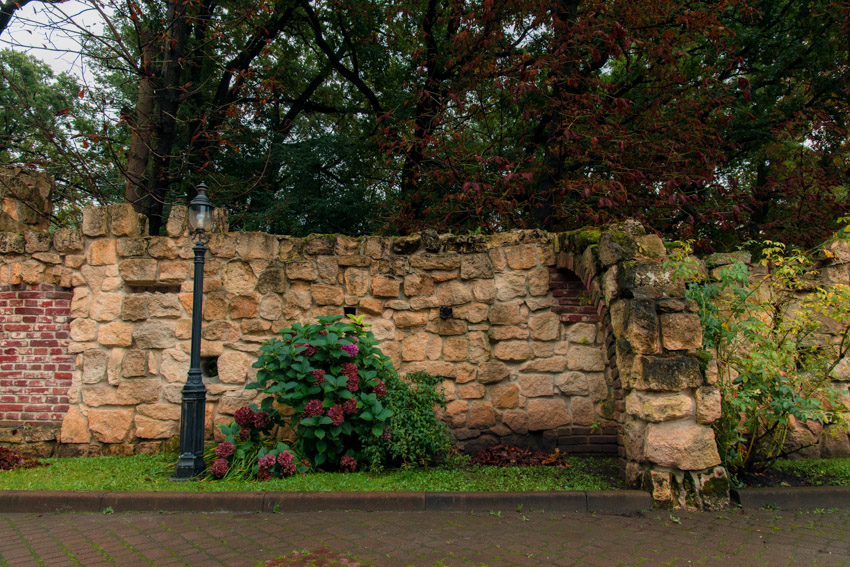
What if you want stone walls but you don’t want to go through the process of building a whole new structure?
Well, there actually is an option if you want a quick look-alike stone wall, and that answer is a veneer stone. Instead of building a new structure made of natural stone, you can just use a stone veneer on an existing wall.
Of course, this comes with some drawbacks with something like stone or brick veneer. For example, you won’t have the chance to take advantage of the durability of the stone or the monetary value of a real stone wall. However, you’re trading this for the ease of installation and reduced upfront cost.
Single Freestanding Walls
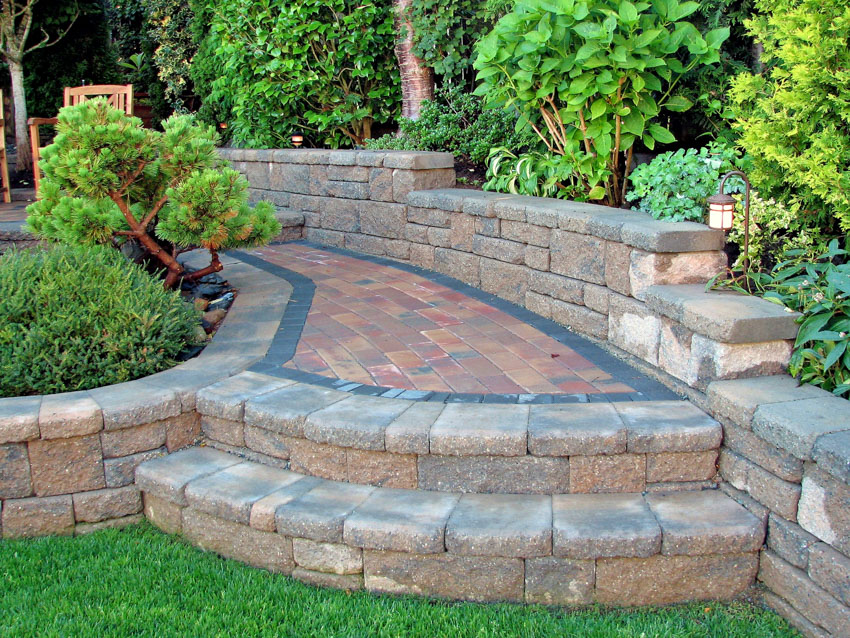
It’s worth noting that when you’re talking about building a wall in your home or on your property, we’re not referring strictly to the load-bearing walls that you have making up the rooms of your house. You can also opt to enjoy a freestanding stone wall.
This is among the types that can also have many uses. They’re more commonly great for a visual impact on an area rather than having a functional purpose, as a freestanding wall differs from a retaining wall, which serves a functional purpose.
This aesthetic appeal makes stone a great choice for a freestanding wall.
Double Freestanding Walls
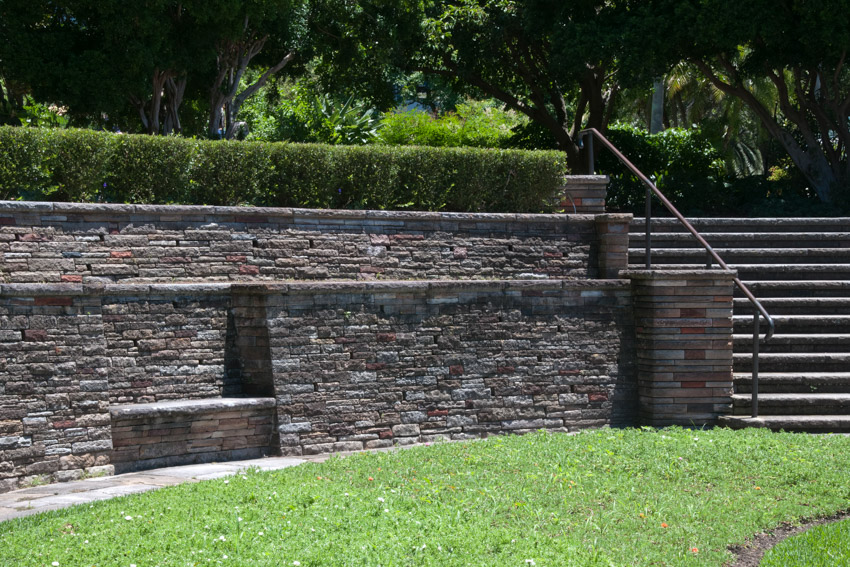
Who says you have to stop after adding a single freestanding wall, either? If you want, you can have a set of double freestanding walls. This could be for a variety of reasons, even if it is just to add some symmetry to the aesthetic boost that a freestanding stone wall can offer.
Double freestanding walls are a great choice if you want to create barriers around another feature. As an example, some people choose to add double freestanding walls on most types of patios or next to and near each other to extend a garden area or landscape focal point.
Gabion Wall
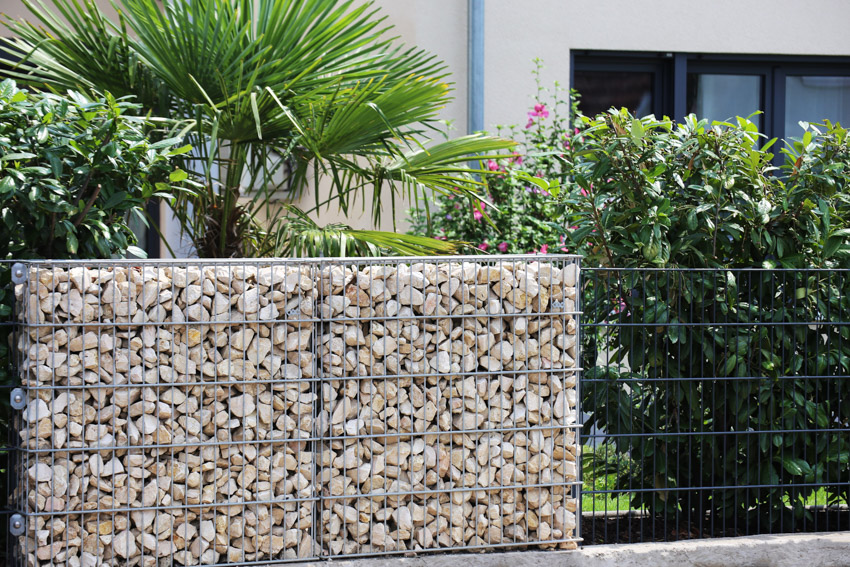
The term Gabion has its origins in the Italian word ‘gabbione’, which means ‘big cage.’ A gabion wall is a wire structure tied together and filled with stacked stones. Gabions can form flexible walls that can be used for landscaping, road building, civil engineering, and erosion control.
To build a gabion wall, one will often buy a wire fencing mesh kit. This mesh, often referred to as Galfan, contains 95% zinc and 5% aluminum material, making it long-lasting under adverse outdoor weather conditions. A gabion fence, when properly constructed in a hospitable environment, can have a lifespan of 50 to 100 years.
Gabion walls cost about $10 to $15 per square foot and, unlike many other types of walls, do not require a concrete foundation. However, care must be taken while filling the structure to select large rocks that do not slip through the wire mesh housing.
Different Types of Stone Materials
When it comes to stone walls, you aren’t limited to a single option. After all, “stone” refers to a category of materials rather than a single material to make a wall out of.
So, what does the word “stone” really entail then? Let’s take a moment to break down some of the different types of stone wall materials.
Sandstone & Limestone
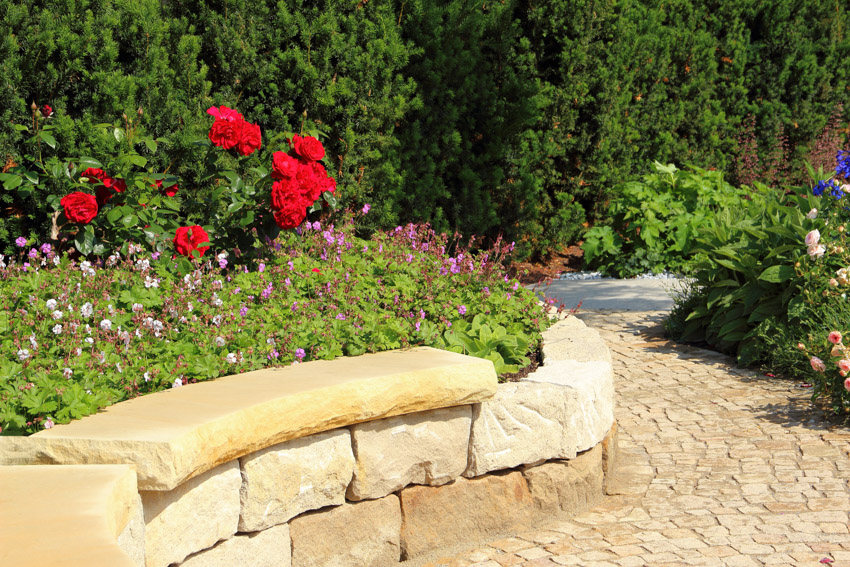
Sandstone and limestone are both natural choices that are well-loved in home renovations, including stone walls. So, what makes these two types of stone stand out?
If you want earthy tones, limestone is a great choice. Since limestone is made up of calcium deposits over time, you can see the unique features of the formation of each stone.
On the other hand, this makes limestone vulnerable to acids – even weaker ones.
Sandstone, conversely, is made up of particles that are compressed into a stone over time. This is a great choice if you want something durable that’s resistant to heat and, while it’s still weak to acids, it isn’t quite as weak as limestone.
Fieldstone
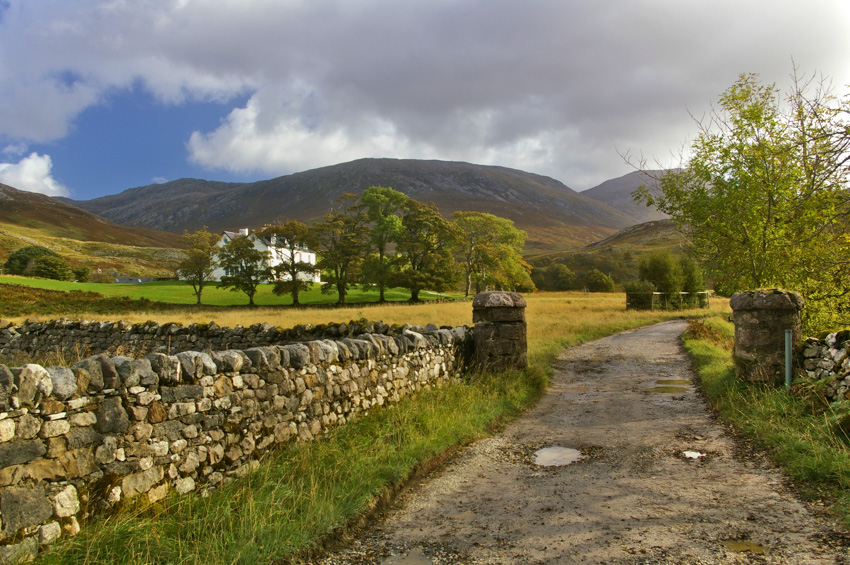
Fieldstone is a commonly used stone that naturally occurs close to the surface of the Earth. It’s frequently used not only in stone walls but in gardening and landscaping uses as well.
Formerly, one of the most common uses for fieldstone was in home foundations about a hundred years ago or more.
This means that when you consider fieldstone, you’re considering an option that’s durable and boasts high longevity.
Granite Stone
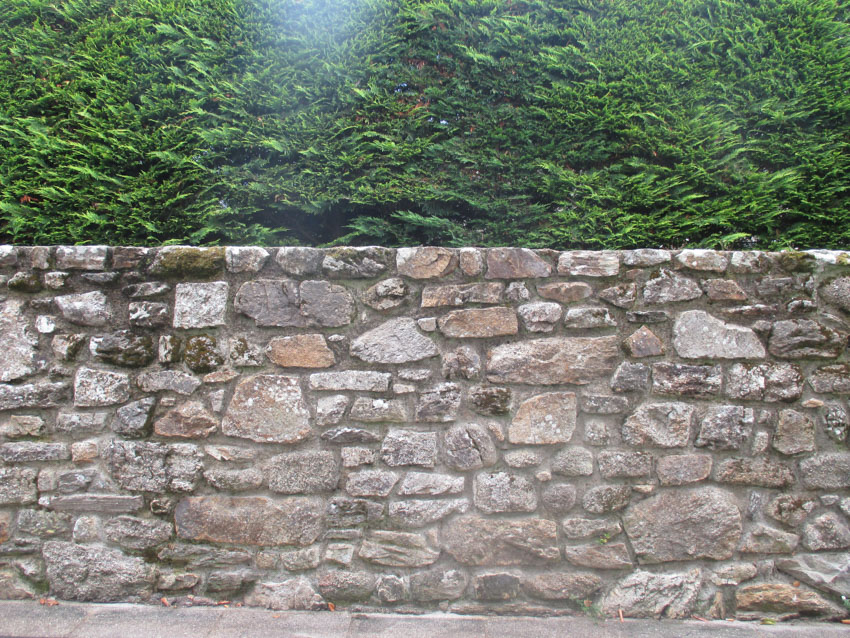
Granite is a common choice for stone walls, and it holds a lot of benefits. For instance, when properly installed and sealed, granite is resistant to water, scratches, and stains.
This gives it a level of durability and longevity that you can enjoy for a long time to come. Still, you’ll want to make sure that you reseal your granite stone wall once a year.
As for cleaning, granite won’t take a lot of heavy-duty work. All you need is a mild soap and a bit of warm water for standard, regular cleanings.
Concrete Blocks
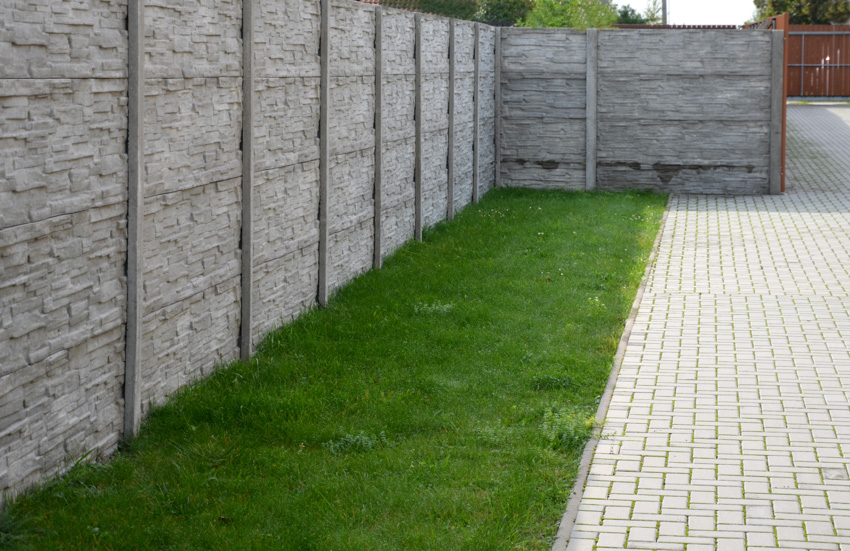
You can also make your stone wall out of a material that you’re familiar with concrete. While you see this material daily in concrete driveways, sidewalks, and more, you might be surprised at how versatile it is to use concrete blocks for your structure.
For one, you can rely on concrete to be surprisingly versatile with numerous sizes. Since they’re blocks of typically equal measurements, walls made of concrete blocks make it easy to create aesthetically pleasing repeating patterns.
However, they aren’t as easy to install as you might expect, and stone walls made out of concrete blocks are often better left to a professional who is familiar with building such a wall.
How to Choose the Right Stone
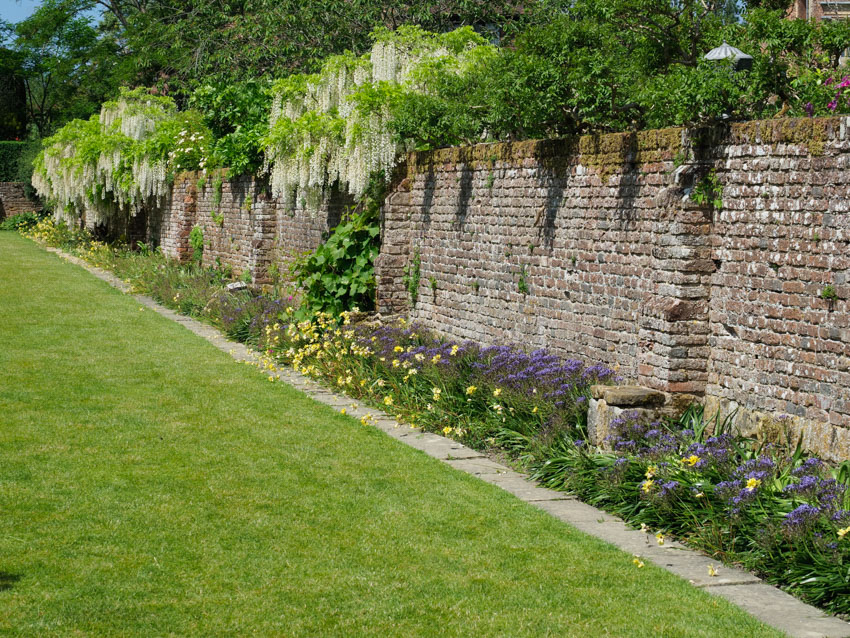
Choosing the right options for your very own stone wall comes down to carefully considering your wants and needs. The best place to start is with what you need out of a stone wall. Where is the wall going? What’s your purpose for it? You might also want to consider needs such as staying within your budget.
For instance, a stone veneer is much better for the homeowner on a tight budget than an option like sandstone. Then, think about what you want. Do you want a highly decorated design that serves as a focal point? Mosaic walls are great for this!
If you prefer something more uniform, concrete blocks are wonderful for creating a uniform design! Most of all, you’ll want to make sure to do your research and choose a material that fits the design of your home.
While you consider your next home renovation, you can see more related content in our article about board and batten exterior walls here.

